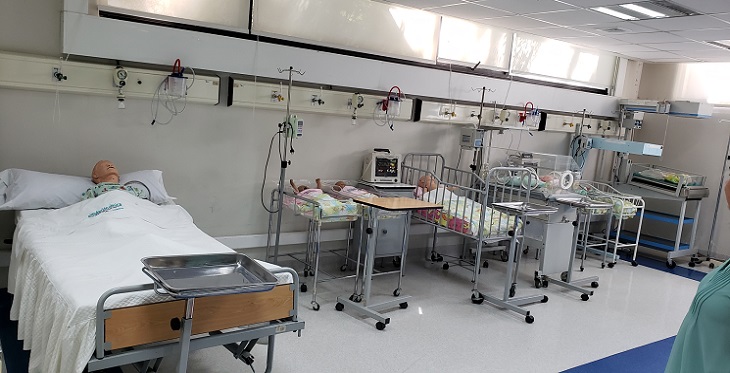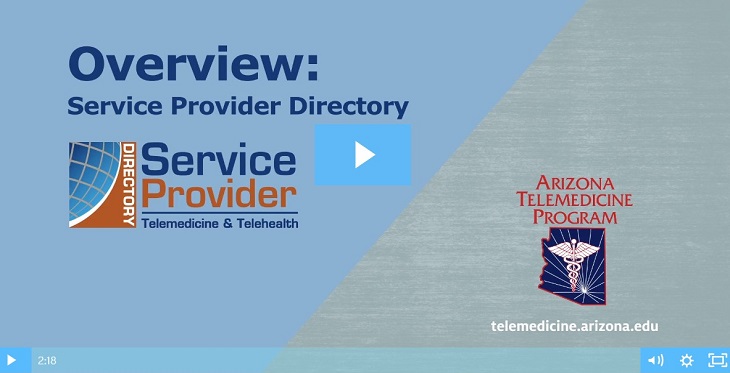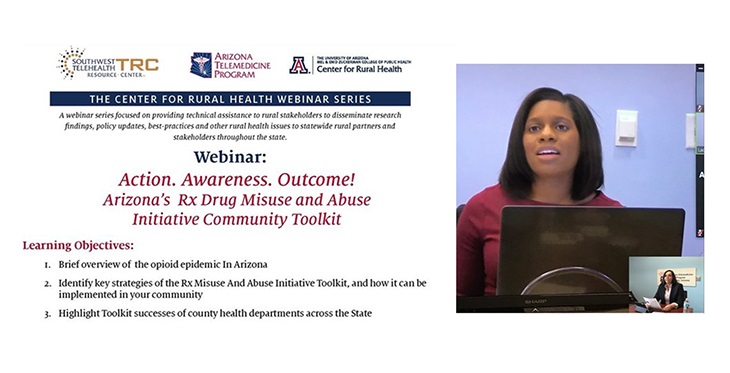When rural hospitals want to set up specialty services for their patients, say telestroke or tele-ICU, how do they go about finding a remote service provider? Online searches yield a lot of ads, but how do you sift through that information to find an appropriate partner?
That is why the Arizona Telemedicine Program established the national, online Telemedicine & Telehealth Service Provider Directory (SPD) – to provide a resource for decision-makers from organizations like hospitals, clinics, private practices, schools, correctional institutions, and others. The SPD makes it easy for you to find the tele-services you need. The focus is on companies that provide clinical services for interacting with patients from a distance—not on platforms, apps, technology, telecom, consultants or back-office services.




